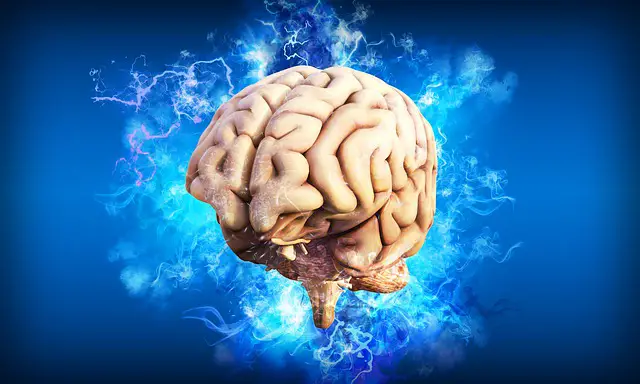
In contemporary society, individuals are frequently classified into two main categories: neurotypical and neurodivergent.
This blog post aims to elucidate the distinctions between these terms, shedding light on the unique characteristics of neurotypical and neurodivergent brains.
Furthermore, we will delve into the significance of recognizing and embracing neurodiversity in our communities.
What is Neurotypical Brains?
Neurotypical brains refer to those that operate and process information in a manner considered typical or expected by societal norms.
Individuals with neurotypical brains generally follow a standard developmental timeline, acquiring skills and behaviors without significant challenges in social situations, changes in routines, or distractions.
- Read also: What is Chemo Brain?
- Read also: Do Brain Lesions Heal?
Key characteristics of neurotypical brains include:
- Effortless socializing: Neurotypical individuals find social interactions to be comfortable and generally do not experience exhaustion afterward.
- Timely development: These individuals typically achieve developmental milestones and skills at the expected times, aligning with their peers.
- Adaptability: Neurotypical brains tend to tolerate changes, disruptions in routines, and distractions with relative ease, navigating these challenges without significant difficulty.

What is Neurodivergent Brains?
Neurodivergent brains operate and process information in ways that deviate from what society deems typical or expected.
Individuals falling into this category may carry diagnoses such as autism, ADHD, dyslexia, or other neurological conditions.
Key characteristics of neurodivergent brains encompass:
- Diverse learning, communication, and perception: Neurodivergent individuals exhibit distinct ways of learning, communicating, and perceiving their environment, setting them apart from those with neurotypical brains.
- Varied strengths and struggles: Unlike neurotypical brains, neurodivergent brains showcase a unique combination of strengths and struggles, contributing to a distinctive cognitive profile.
- Unique perspectives and problem-solving: Neurodivergent individuals bring the potential for unparalleled perspectives and innovative solutions to problems, adding valuable diversity to cognitive approaches.
Neurotypical vs Neurodivergent Brain: What are the Differences?
Neurotypical and neurodivergent individuals, while sharing some common traits, exhibit distinct differences in various facets of brain function and processing.
These variations can significantly impact social preferences, learning styles, communication methods, sensory processing, and even the structural and functional aspects of the brain.
Social preferences
Neurodivergent individuals often display different social preferences compared to their neurotypical counterparts.
For instance, they may find social situations more challenging and might struggle with certain social cues or norms.
This does not imply a lack of social interest but rather a difference in processing and responding to social stimuli.
Learning and communication
One of the notable distinctions lies in the learning styles and communication methods of neurodivergent individuals.
These individuals may have unique ways of approaching and absorbing information, requiring tailored educational strategies.
Likewise, their communication styles might differ, necessitating understanding and adaptation from those interacting with them.
Sensory processing
Sensory processing divergences are particularly evident in neurodivergent individuals, especially those with conditions like autism.
Their brains may be more sensitive to sensory stimuli, leading to heightened responses to lights, sounds, textures, or smells.
Understanding and accommodating these sensory preferences contribute to creating more inclusive environments.
Brain structure and function
Neurodivergent brains can exhibit variances in structure, function, or chemical composition when compared to neurotypical brains.
These differences may be associated with specific neurological conditions, influencing cognitive processes and responses.
It’s crucial to recognize and appreciate these distinctions as they contribute to the rich tapestry of neurodiversity.

- Read also: Autism And Intelligence
- Read also: The Relationship Between The Brain And Addiction
Conclusion
To build a more inclusive and compassionate society, it’s crucial to understand the distinctions between neurotypical and neurodivergent brains.
By acknowledging and valuing the distinctive strengths and perspectives of neurodivergent individuals, we can cultivate environments that nurture their growth and development.
Let’s actively embrace neurodiversity, collaboratively working towards the creation of a more inclusive world for everyone.
FAQs
No, neurodivergent individuals have unique strengths and perspectives that can contribute to problem-solving and innovation.
Yes, neurodivergent individuals can learn and adapt to neurotypical environments with the right support and resources.
Some examples of neurodivergent conditions include autism, ADHD, dyslexia, dyspraxia, OCD, Tourette’s syndrome, and others.
To support neurodivergent individuals, you can learn about their specific needs, provide accommodations, and foster an inclusive and understanding environment.


